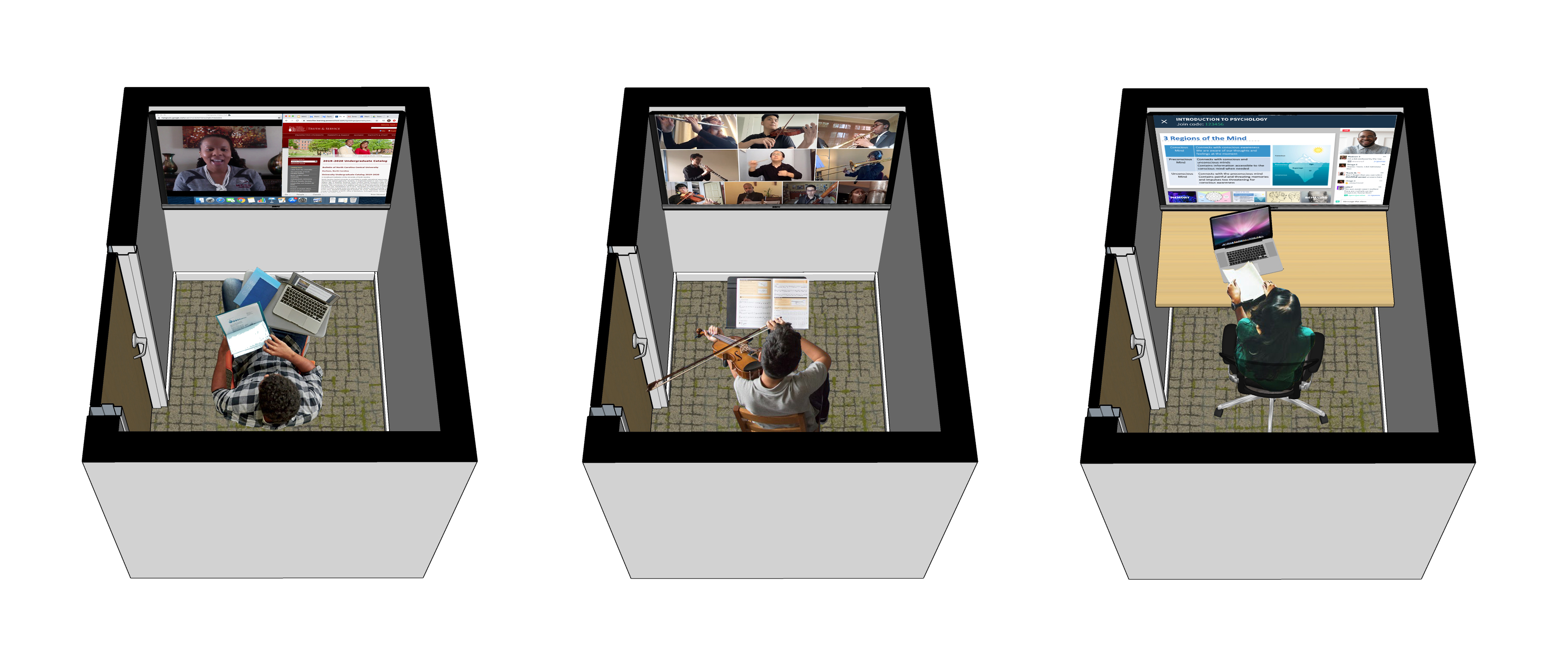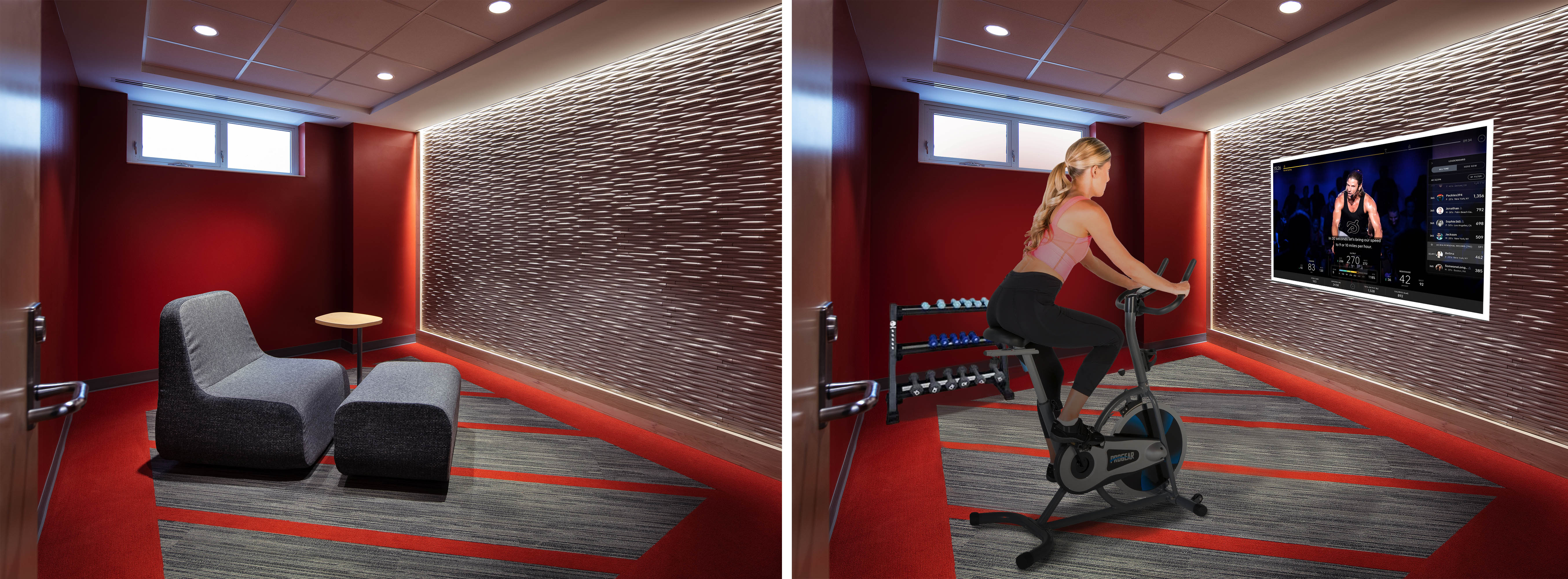We are living in a time of immense DISRUPTION – which offers the promise of profound INNOVATION. In order to ensure the health and safety of others, the circumstances of the current pandemic have required all of us to adapt to new ways of working and socializing. Searching for answers to the question “how do we keep moving forward?”, we’ve had to keep an open mind and be creative. Undoubtedly there have been, and will continue to be, unconventional solutions that will inevitably lead to both spectacular failures and exceptional achievements. We need to learn from both. The best ideas will take root and thrive … prompting us to wonder, why weren’t we doing this all along?
Last spring, colleges and universities had to abruptly shift to on-line learning. The upheaval was sudden and drastic. Most institutions were unprepared. Everyone struggled to make it work. Initially online classes and online socializing were a new adventure. But it didn’t take long for the novelty to fade as the limitations of remote 2D interactions became apparent. It’s not surprising that so many people chose to return to college this fall eager for campuses to fully reopen. Education tech company Top Hat published results from their recent nationwide survey of over 3,000 students, which found 85% miss the social experience with other students and 84% miss face-to-face interaction with faculty. Taking classes live-in-person and hanging out with friends IRL are seen as cornerstones of the college experience. Institutions know this to be true. Data shows that strong social connectivity on campuses impacts student retention, academic performance, graduation rates, and alumni engagement. Fortunately, “real” vs. “virtual” doesn’t have to be an either/or decision for institutions of higher learning. Indeed, many have adopted a hybrid model – implementing a blend of in-person and online options for academic, athletic, and social programming this fall.
Is there a silver lining in all of this disruptive change? New investments in virtual infrastructure and increasing online opportunities while being physically on campus, could yield huge returns on STUDENT SUCCESS for years to come. Beyond providing flexibility in a crisis, there are day-to-day benefits of upgrading facilities and investing in virtual technologies to augment the overall educational experience.
Ironically, PERSONAL DEVICES – long considered the bane of good old-fashioned face-to-face socialization – are tools that can contribute to an overall better and dynamic campus environment. Students have long embraced apps for keyless entry, mobile dining, parking, and laundry services. With greater levels of integration, new platforms like “Campus” provide a one-stop for everything from registration and orientation to academic support and emergency announcements. One seamless interface helps students navigate campus while addressing their wellness, academic, and social needs to improve overall success. Such technology offers convenience and saves time – two highly coveted resources for all students.
In addition to personal devices, it is exciting to envision the establishment of VIRTUAL HUBS dispersed across campus within various building types. These small flexible spaces are already relatively common in residence halls for private study, prayer, music practice, etc. With the right technology, these places would represent decentralized flexible blank canvases capable of meeting a wide range of virtual needs. By being located throughout campus, these connector hubs become easily accessible and support physical movement by encouraging students to get out of their bedroom. The construction investment would be generally small – essentially a repurposing of space that already exists. Some uses we imagine…
- Soothing retreats with discreetly planned audio technology for piping in nature sounds or calming music and adjustable lighting … elements aimed at setting the mood for quiet reflection.
- Private spaces to virtually and discreetly meet with a doctor or therapist for immediate personal care and wellness.
- Intimate rooms for joining virtual study groups, work with a tutor, or consult with a mentor for regular academic support.
- Personal gyms, possibly outfitted with exercise equipment and a screen linking the user to live classes, trainers, and other workout enthusiasts.
- VR rooms, where students could strap on goggles to explore far off environments, imaginary landscapes, play games, or be transported across campus—perhaps to a concert, museum exhibit, or live sporting event.
- Respite rooms that adopt principles Universal Design … such spaces would have the added benefit of addressing special needs of students with illness, limited mobility, or sensory triggers.

There are endless possibilities for how existing rooms can be repurposed and better utilized for a virtual hub, including for counseling, music practice, and studying, as seen here. (click to expand)
How to respond to this DISRUPTION with radical INNOVATION? Clearly we know virtual technology cannot supplant being on campus and in-person interactions. But it should supplement and enhance being in person. Investing now to strengthen virtual connectivity on college and university campuses will not only help address the immediate health crisis, it will build long term flexibility and resiliency into the higher education system so that students are better supported when the next disaster comes. Beyond COVID-19, this is an opportunity to open a digital door for more students to easily access underutilized services. A virtual ONE STOP can bring a wide range of campus services directly to the student’s home or residence hall without the barriers of obscurity, distance, or stigma. Such investments might just result in a multi-dimensional campus experience enabling students to more fully take advantage of all their institutions have to offer.

 By: Kyle Wagner
By: Kyle Wagner 